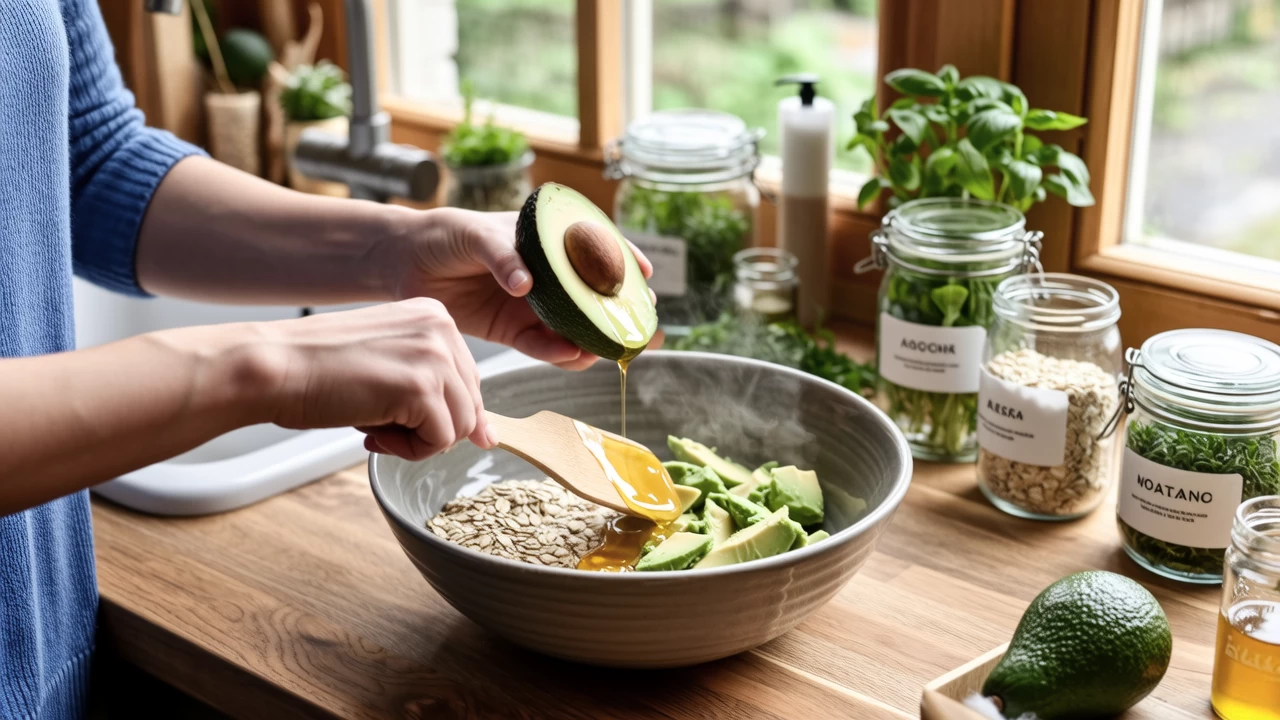In today’s world, where environmental concerns are at the forefront of many discussions, the beauty industry is undergoing a significant shift towards sustainability. Zero-waste skincare is not just a trend; it’s a movement that encourages us to rethink our daily routines and make choices that minimize our ecological footprint. This guide will walk you through the essentials of adopting a zero-waste approach to skincare, focusing on practical tips, DIY solutions, and mindful consumption. By the end, you’ll be equipped to embrace a beauty regimen that’s not only good for your skin but also for the planet.
The concept of zero-waste skincare revolves around reducing, reusing, and recycling in every aspect of your routine. It starts with understanding the impact of conventional beauty products, which often come in single-use plastic packaging and contain ingredients that can harm the environment. By opting for sustainable alternatives, you can help decrease plastic pollution, conserve resources, and support ethical practices. This journey is about more than just swapping products; it’s about cultivating a mindset of mindfulness and responsibility towards our planet.
One of the easiest ways to begin your zero-waste skincare journey is by assessing your current products and identifying areas where waste can be reduced. For instance, many items like cotton pads, wipes, and bottled toners contribute significantly to landfill waste. Instead, consider switching to reusable options. Here are some simple swaps to get you started:
- Use reusable cotton rounds or cloths instead of disposable cotton pads for applying toners or removing makeup.
- Opt for solid bar soaps and shampoos that come without plastic packaging, often wrapped in paper or sold naked.
- Choose products with refillable containers, such as glass jars or metal tins, to minimize single-use plastic.
- Invest in a durable razor with replaceable blades rather than disposable razors that end up in trash.
- Support brands that use biodegradable or compostable materials for their packaging.

Another key aspect of zero-waste skincare is embracing DIY solutions. Making your own skincare products at home not only reduces packaging waste but also allows you to control the ingredients, ensuring they are natural and free from harmful chemicals. Simple recipes using common household items can be highly effective. For example, a basic face mask can be made with ingredients like honey, oatmeal, and yogurt, which are gentle on the skin and environmentally friendly. Here’s a quick list of easy DIY skincare ideas:
- Create a soothing face scrub by mixing coffee grounds with coconut oil for exfoliation and hydration.
- Whip up a nourishing hair mask using avocado and olive oil to promote shine and health.
- Make a calming toner with rose water and apple cider vinegar stored in a glass spray bottle.
- Prepare a lip balm with beeswax, shea butter, and essential oils in a reusable tin.
- Craft a body butter using cocoa butter and almond oil for moisturizing without plastic waste.

When it comes to purchasing products, selecting brands that prioritize sustainability is crucial. Look for companies that use recycled materials, offer refill programs, or have a take-back system for packaging. Additionally, consider the ingredient sourcing; opt for products with organic, fair-trade, and locally sourced components to reduce carbon footprint. Reading labels and doing a bit of research can go a long way in ensuring your choices align with zero-waste principles. Remember, every small change adds up to make a big difference over time.
Incorporating zero-waste habits into your skincare routine also involves being mindful of water usage. For example, turning off the tap while cleansing or using a basin to rinse can conserve water. Moreover, supporting circular economy initiatives, where products are designed to be reused or recycled, can further enhance your impact. It’s all about creating a holistic approach that considers the entire lifecycle of the products you use.
Finally, don’t forget the importance of community and sharing knowledge. Engaging with others who are on a similar journey can provide inspiration and support. Share your experiences, swap tips, and encourage friends and family to join in. Together, we can drive change and make zero-waste skincare the norm rather than the exception. Embrace this guide as a starting point, and let your commitment to sustainable beauty grow with each conscious choice you make.
